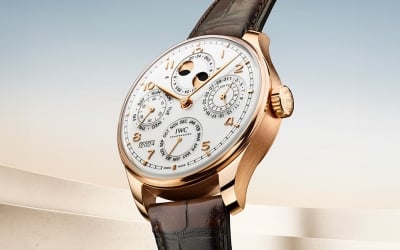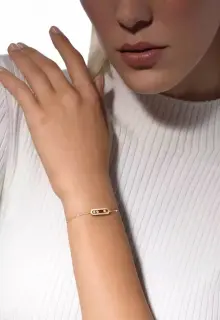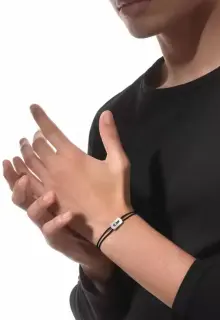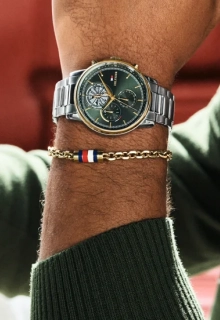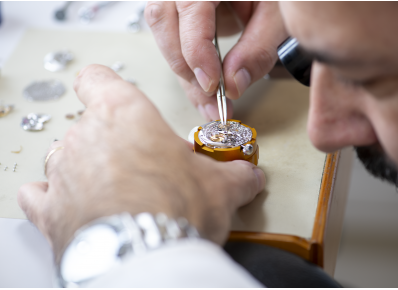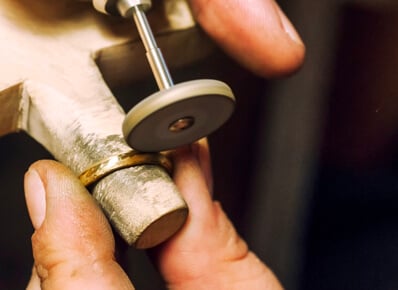-
By Type
- Men
- Children
- Women
- Automatic
- Quartz
- New In
- Special Edition
- See all watches
-
BY VALUE
- up to 2,500€
- 2.500€ - 5.000€
- 5.000€ - 10.000€
- acima de 10.000€
-
BY STYLE
- Dive
- Classic
- Sports
- Rolex
- Baume & Mercier
- Blancpain
- GUCCI
- Hermès
- IWC Schaffhausen
- Longines
- Montblanc
- OMEGA
- TAG Heuer
- TAG Heuer
- TUDOR
- ZENITH
- BOSS
- CASIO TIMELESS
- CASIO VINTAGE
- Calvin Klein
- ELETTA
- FLIK FLAK
- G-SHOCK
- G-SHOCK PRO
- Michael Kors
- ONE
- Swatch
- Tissot
- Tommy Hilfiger
-
ProductsServices
- Rolex
- Luxury Brands
- Lifestyle Brands
- Watches
- Luxury Jewells
- Lifestyle Jewells
- Accessories
- New In
- Outlet
- Technical Assistance
- Theft and Damage Insurance
- Watch Authentication Service
- Marriage
- Corporate
-
ProductsServices
- Rolex
- Brands
-
Watches
HIGH WATCHMAKING Rolex Baume & MercierBlancpainGUCCIHermèsIWC SchaffhausenLonginesMontblancOMEGATAG HeuerTUDORZENITH
- Jewellery
- Bijou
- Silver
-
Wedding Rings
- Accessories
- Technical Assistance
- Theft and Damage Insurance
- Watch Authentication Service
- New In
- Marriage
- Gift cards
